Reportar esta entrada
Más sobre la misma comunidad-colección
1948 Loretto Academy Yearbook Cooking and Clothing
1948 Loretto Academy Yearbook Cooking and Clothing
JLEP There's Snow Place Like A Christmas Fair 2020 Goes Virtual!
The 2020 A Christmas Fair committee would like to thank everyone ...
JLEP Provides COVID-19 Relief to El Paso Community
In 2020 The members of the JLEP Community Council created a ...
JLEP- Driving out Hunger 2020-2021 Project
The Driving Out Hunger committee was fortunate to be in a ...
JLEP- Ending the Silence 2020-2021 Project
For the past three years, the Junior League of El Paso (JLEP) ...
JLEP -HeartCart 2020-2021 Project
The Heart Cart Committee created and designed a hospitality cart ...
JLEP- Horses for Heroes 2020-2021 Project
The Horses for Heroes project works in partnership with ...
JLEP-Music Therapy for the Elderly 2020-2021 Project
Music Therapy for the Elderly completed its 31st year in a way ...
JLEP Path to Recovery 2020-2021 Project
The Path to Recovery project partnered with Aliviane Women and ...
JLEP- Provisional Project 2020-2021
The Junior League of El Paso, Inc. (JLEP)’s Provisional Class ...
1957 Aguaya martin Becker and Anna Mae Vetter Donnelly
1957 Aguaya martin Becker and Anna Mae Vetter Donnelly at ...

















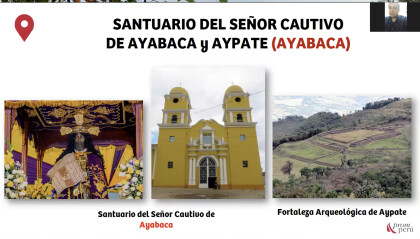
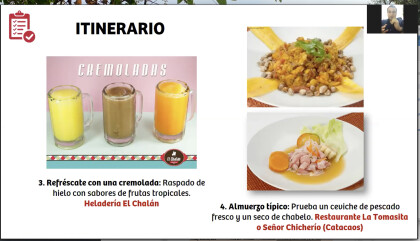
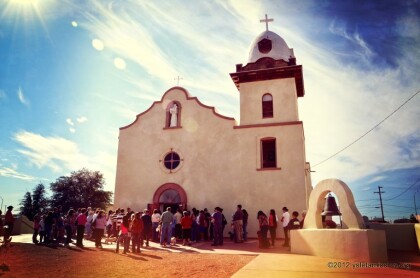
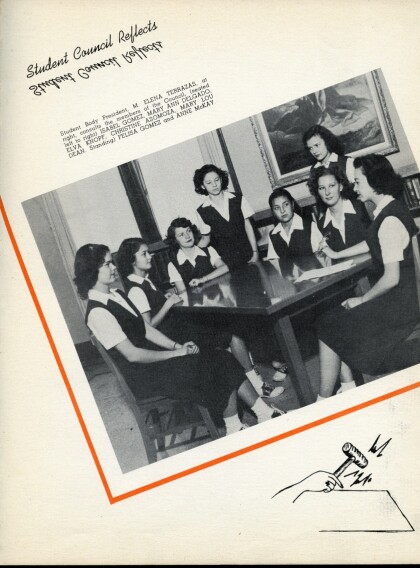
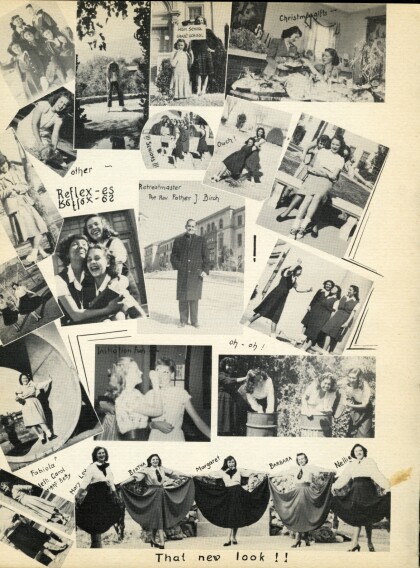
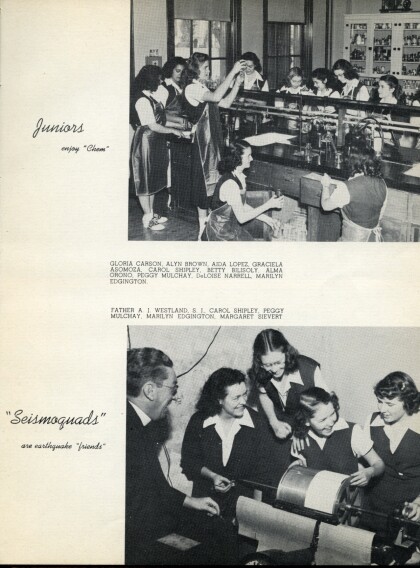
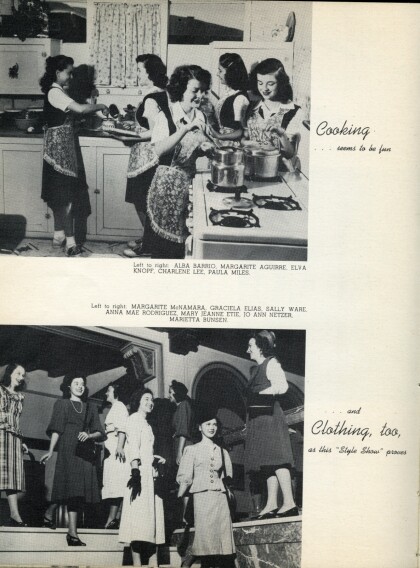
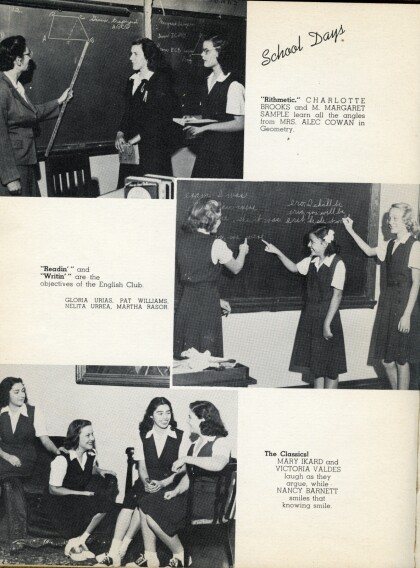

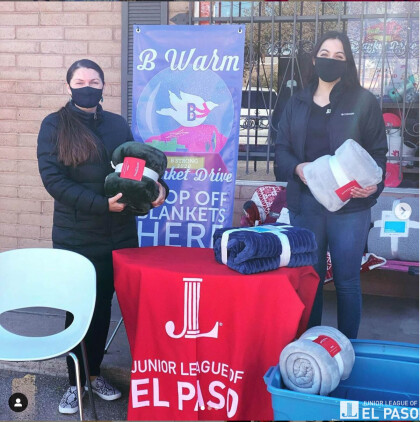

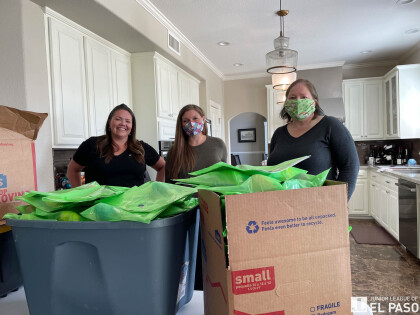
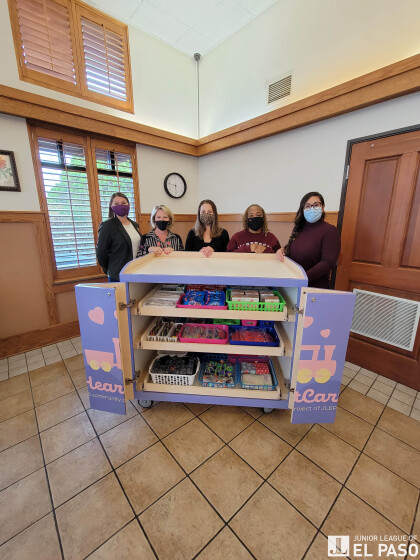
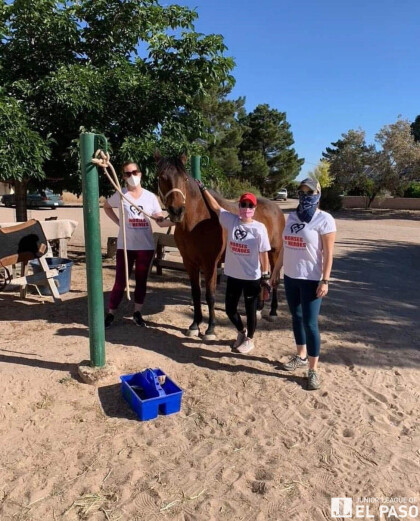
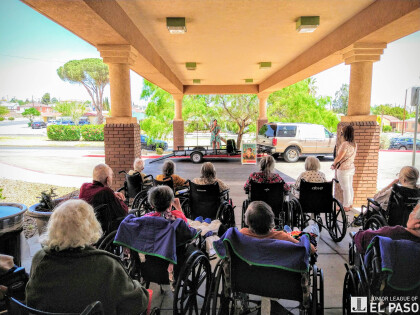



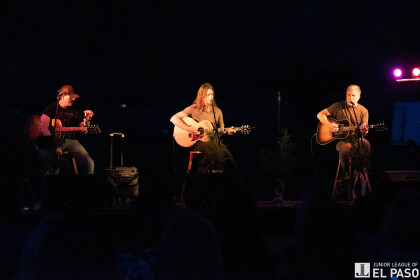

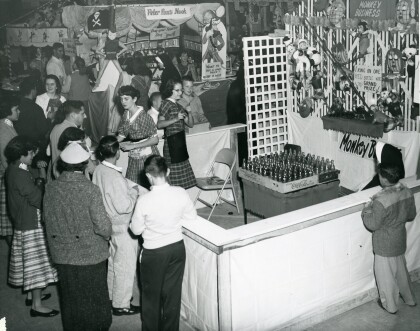
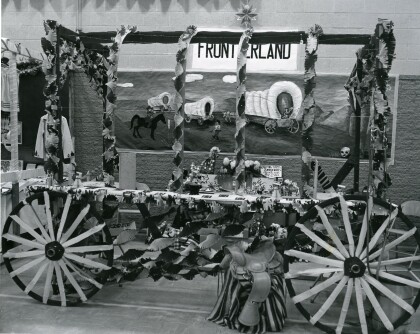
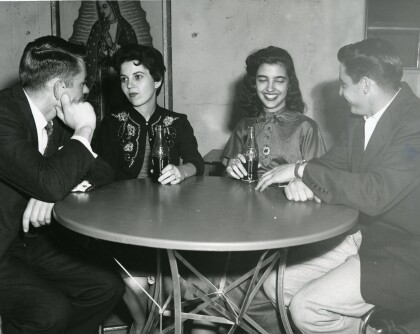
Comentarios
Hacer un comentario